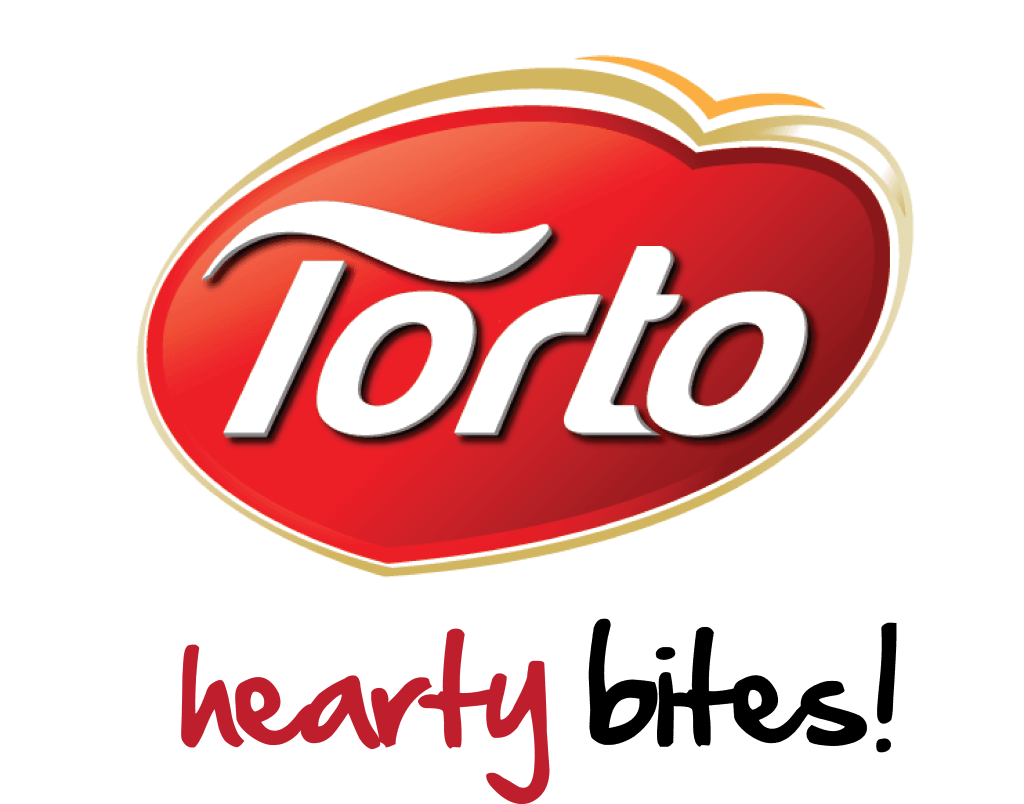White Castle is more than a fast-food chain. It is a cultural landmark with over a century of history. Today, it has become a strong example of how brands use digital platforms to connect old traditions with modern marketing. The combination of nostalgia and innovation defines how White Castle thrives on social media.
The Power of Nostalgia in Branding
Nostalgia is a proven tool in marketing. It triggers emotional responses that tie consumers to memories of the past. White Castle benefits from its place in American food history as the first fast-food hamburger chain, founded in 1921. By blending this heritage with current strategies, the brand keeps long-time fans loyal while attracting younger audiences.
The company understands that nostalgia must evolve. White Castle’s heritage is part of its storytelling on digital platforms, but it is paired with fresh campaigns, exclusive offers, and cultural partnerships. This balance positions White Castle as both classic and relevant.
Craver Nation: Loyalty Built for the Digital Era
A major driver of White Castle on social media is its Craver Nation loyalty program. Relaunched with a new rewards structure in 2024, it is designed for engagement and gamification. Customers earn five points per dollar spent and move through three tiers—Adventurer, Champion, and Legend.
The loyalty program is more than points and discounts. Members receive birthday desserts, exclusive offers, and early access to new products. Through gamified quests, fans are encouraged to try new menu items or visit restaurants at specific times. These quests reward members with badges, creating a sense of achievement and identity.
Hashtags, Contests, and Cravers Hall of Fame
White Castle on social media is highly interactive. Campaigns often use hashtags to encourage customer participation. An example is the “My Crave” push, where customers were prompted to share experiences by using branded hashtags. This tactic connects in-store promotions with online engagement.
The Cravers Hall of Fame adds another layer of fandom. Customers submit personal stories about their relationship with the brand, and a select group is inducted each year. These stories are shared across platforms, reinforcing authenticity and emotional connection. By celebrating customers in public ways, White Castle builds community loyalty that feels personal.
Expanding Reach Through Partnerships
White Castle extends its influence beyond restaurant walls. Retail products are available in all 50 states, broadening its reach through supermarkets and convenience stores. Social media channels amplify these retail launches with targeted campaigns that highlight convenience and accessibility.
Strategic collaborations also capture attention. White Castle has partnered with Puma to create branded sneakers, with Funko to release collectible figures, and with DGK Skateboards to tap into youth culture. Each partnership is promoted heavily on digital platforms, where followers respond to the novelty of cross-industry branding. Events like Valentine’s Day pop-ups with live music show how White Castle blends in-person experiences with online buzz.
Community Impact and Corporate Citizenship
White Castle on social media is not only about promotions. The company integrates corporate social responsibility into its digital storytelling. Its Castle Shares program highlights charitable giving, volunteer initiatives, and scholarships. Posts about these efforts strengthen brand reputation and resonate with socially conscious consumers.
Sustainability is another theme. White Castle shares updates about recycling programs, composting initiatives, and even the repurposing of old marketing materials. Diversity and inclusion are also featured as key values, with campaigns designed to showcase representation. These efforts build credibility by showing that the brand is about more than sales.
Why White Castle Stands Out
White Castle’s strategy shows why it has maintained cultural relevance for over 100 years. Nostalgia provides a trusted foundation, but digital innovation keeps the brand competitive. The loyalty program creates habits, while campaigns encourage participation. Partnerships and retail expansion give customers new ways to interact with the brand.
The use of social platforms to share community efforts sets White Castle apart. Fans feel connected not only to sliders but also to a larger brand identity. This combination of history, engagement, and responsibility creates an approach that resonates across generations.
Key Lessons for Marketers
Marketers can learn several lessons from White Castle on social media:
Blend brand history with interactive features like loyalty programs.
Use in-store prompts such as hashtags or QR codes to drive online activity.
Create contests that encourage user-generated content and spotlight fans.
Partner with lifestyle brands to reach demographics outside the core customer base.
Share corporate social responsibility initiatives to align with consumer values.
Each of these strategies builds a bridge between tradition and modern engagement. White Castle’s approach shows that even a century-old brand can stay relevant with the right mix of tools.
Case Study: The Impossible Slider Launch
Product innovation is another area where White Castle leverages social platforms. When it launched the Impossible Slider, a plant-based option, social media played a central role. Posts highlighted taste tests, influencer reactions, and customer feedback. This created excitement and broadened appeal among younger, health-conscious audiences.
The launch campaign reflected the brand’s ability to use nostalgia and progress in the same narrative. Customers trusted White Castle as a classic name but were intrigued by its willingness to embrace new food trends. Social media acted as the connector, ensuring maximum visibility and engagement.
Data-Driven Strategy Through the Crave Continuum
White Castle also applies segmentation in its strategy. The “Crave Continuum” groups customers based on frequency and enthusiasm. Casual visitors, regular customers, and superfans each receive different types of content. Social platforms allow precise targeting of these groups, ensuring that messages are personalized.
For casual users, promotions like free sliders on National Slider Day spark interest. For superfans, exclusive contests or loyalty milestones strengthen connection. This segmentation maximizes the impact of White Castle on social media by delivering the right message to the right audience.
Balancing Tradition and Modernity
White Castle demonstrates that nostalgia and modernity do not compete, they complement each other. The brand’s long history offers credibility and warmth. At the same time, gamified loyalty programs, hashtag campaigns and CSR storytelling show innovation. Together, these create a narrative that attracts both loyal Cravers and new followers.
The brand shows that history can be an asset, not a weight. By embracing change while honoring tradition, White Castle proves that social media success is not limited to digital-native brands.
Conclusion
White Castle on social media represents a masterclass in balancing nostalgia with modern marketing. The company has built a digital presence that goes beyond promotions, highlighting loyalty, community and cultural relevance. By combining gamified rewards, user-generated content, partnerships and CSR initiatives, White Castle ensures that its legacy remains vibrant.
The lessons are clear for marketers. History matters, but engagement is essential. Brands that mix both will build communities that last. White Castle shows that even the oldest names can remain leaders in the age of social media.
Promote Your Event, Product, or Service with Collamedia!
Want an engaging article like this to promote your event, product, or service? Collamedia offers professional article publishing services to help you reach a wider audience and attract more buyers. Contact us now for more information at marketing@collamedia.com and let us help grow your business!











